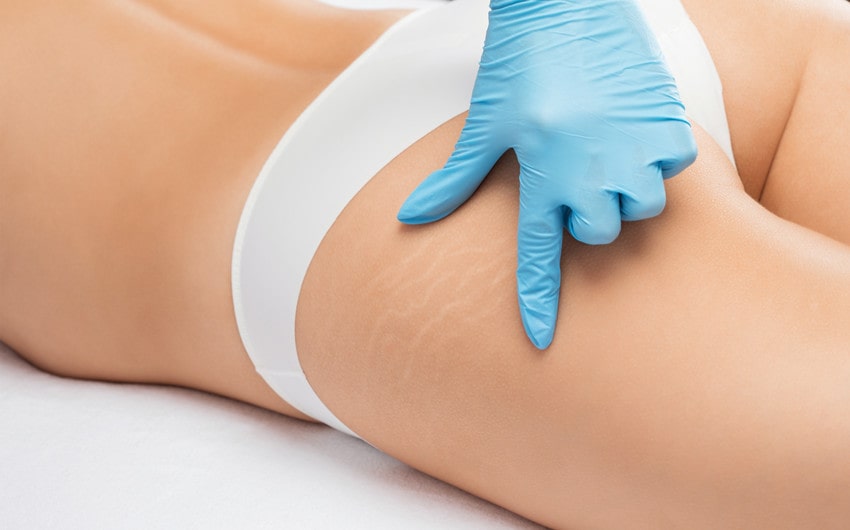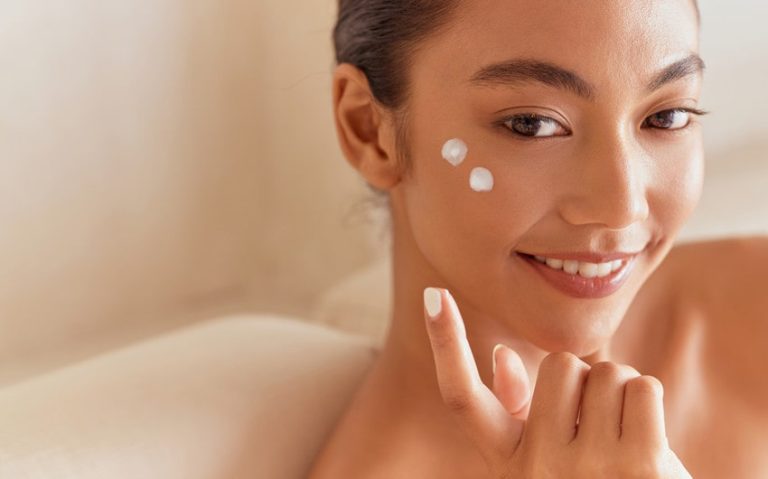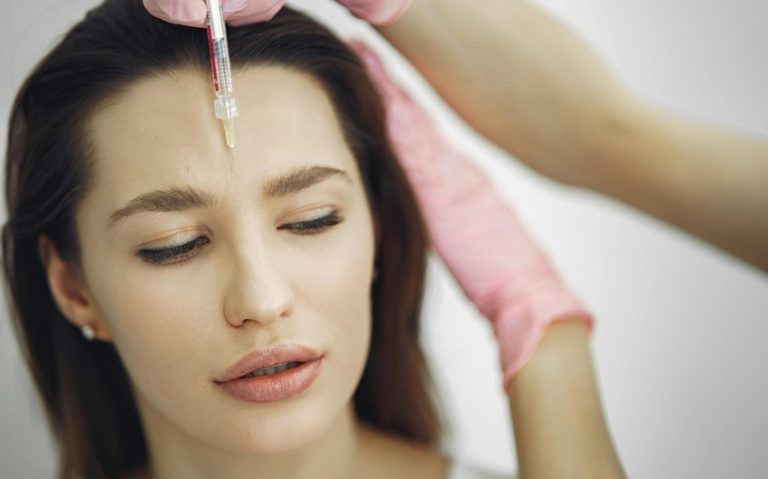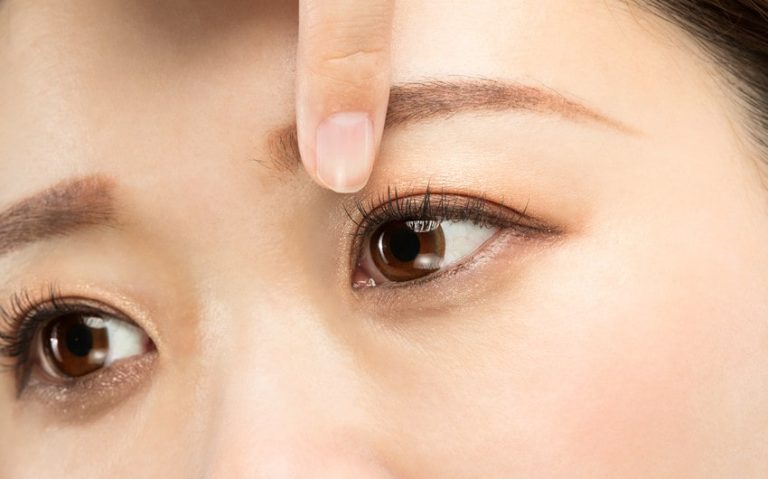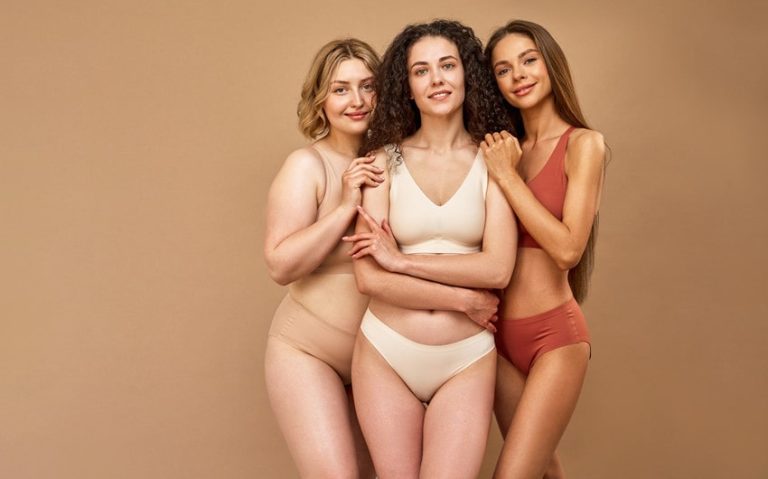Stretch marks are a common concern for many people, appearing as unsightly streaks or lines on the skin. These marks can occur due to rapid weight changes, pregnancy, or even growth spurts during puberty. While they aren’t harmful, many seek effective ways to minimize their appearance and achieve smoother, more even skin. With a myriad of treatments available, choosing the right one can be challenging.
This post compares some of the most popular stretch mark solutions, highlighting their effectiveness and suitability for different skin types.
Topical Treatments
Creams and Oils
One of the most accessible options for treating stretch marks is the use of topical creams and oils. These products often contain ingredients like retinoids, cocoa butter, and vitamin E, which are believed to help reduce the appearance of stretch marks by hydrating the skin and promoting cell turnover.
- Retinoid Creams: Retinoids, derived from vitamin A, are commonly used in anti-aging products due to their ability to increase collagen production. This makes them effective in fading newer stretch marks. However, retinoids are not recommended for pregnant or breastfeeding women.
- Cocoa Butter and Vitamin E Oils: These natural moisturizers are popular for their skin-soothing properties. While they can help improve skin texture and hydration, their effectiveness in treating stretch marks, particularly older ones, is limited.
Pros and Cons
Topical treatments are favored for their ease of use and affordability. They are typically best suited for early-stage stretch marks, which are still red or purple. However, their limitations become evident with older, more established stretch marks, which may require more intensive treatments.
Non-Invasive Procedures
Laser Therapy
Laser therapy is a popular non-invasive option that uses targeted light to break down scar tissue and stimulate the production of new collagen. This treatment can significantly reduce the appearance of stretch marks over time.
- Effectiveness: Laser therapy is effective for both newer and older stretch marks. However, it may require multiple sessions to achieve the desired results, particularly for deeper or more extensive stretch marks.
- Suitability: Laser therapy can be customized for different skin types, but it’s essential to consult with a dermatologist to ensure it’s the right option for your specific needs.
Microneedling
Microneedling involves the use of tiny needles to create micro-injuries in the skin, triggering the body’s natural healing process and boosting collagen production. This procedure is particularly effective for improving skin texture and reducing the appearance of fine lines and stretch marks.
- Suitability: Microneedling is suitable for a wide range of skin types and can be used on both old and new stretch marks. It’s also relatively low-risk, with minimal recovery time.
- Considerations: While effective, microneedling may cause temporary redness and irritation, and multiple sessions are often necessary for optimal results.
Advanced Treatments
Platelet-Rich Plasma (PRP) Therapy
PRP therapy is a cutting-edge treatment that uses the patient’s own blood to promote healing and rejuvenation. The process involves drawing a small amount of blood, which is then processed in PRP tubes to concentrate the platelets. These platelets, rich in growth factors, are then re-injected into the skin to stimulate collagen production and tissue repair.
- Effectiveness: PRP therapy is particularly effective for stretch marks because it accelerates the skin’s natural healing processes. It’s suitable for various skin types and can be used for both new and old stretch marks.
- Suitability: This treatment is ideal for individuals looking for a natural yet effective way to reduce the appearance of stretch marks. It’s minimally invasive, with little to no downtime.
For more detailed information on PRP therapy, visit Selphyl’s PRP for stretch marks to explore how this innovative treatment can help you achieve smoother skin.
Radiofrequency Treatments
Radiofrequency (RF) treatments use energy waves to heat the deeper layers of the skin, stimulating collagen production and improving skin elasticity. This method is effective in reducing the appearance of stretch marks and tightening loose skin.
- Effectiveness: RF treatments are particularly beneficial for individuals with stretch marks accompanied by skin laxity. The heat generated by the RF device helps to firm the skin while reducing the visibility of stretch marks.
- Suitability: RF treatments are generally safe for all skin types, but they are best suited for those with mild to moderate stretch marks.
Surgical Options
Abdominoplasty (Tummy Tuck)
For individuals with significant skin laxity and stretch marks in the abdominal area, an abdominoplasty, commonly known as a tummy tuck, may be an option. This surgical procedure removes excess skin and tightens the underlying muscles, effectively eliminating stretch marks in the treated area.
- Considerations: While highly effective, a tummy tuck is a major surgical procedure that comes with risks, including scarring and a lengthy recovery period. It’s best suited for individuals who have completed their weight loss journey or pregnancies and are looking for a more permanent solution.
Laser Resurfacing
Laser resurfacing is a more intensive option compared to non-invasive laser treatments. It involves removing the outer layers of the skin to reveal smoother, more even skin underneath. This treatment is highly effective for reducing the appearance of deep stretch marks and improving skin texture.
- Suitability: Laser resurfacing is best suited for individuals with severe stretch marks who are willing to undergo a more aggressive treatment with a longer recovery time.
Choosing the Right Solution
When it comes to treating stretch marks, there’s no one-size-fits-all solution. The best treatment for you will depend on factors such as your skin type, the age of your stretch marks, and your budget. Consulting with a dermatologist is crucial to developing a personalized treatment plan that addresses your specific needs.
Conclusion
Stretch marks are a common skin concern, but with the right treatment, they can be effectively minimized. Whether you opt for topical treatments, non-invasive procedures, or advanced therapies like PRP, achieving smooth, even skin is possible.

